Fremont-Barnes - Battle Story Goose Green 1982
Here you can read online Fremont-Barnes - Battle Story Goose Green 1982 full text of the book (entire story) in english for free. Download pdf and epub, get meaning, cover and reviews about this ebook. City: Falkland Islands--Goose Green., Goose Green (Falkland Islands), Goose Green (Malouines), year: 2016, publisher: Dundurn, genre: Politics. Description of the work, (preface) as well as reviews are available. Best literature library LitArk.com created for fans of good reading and offers a wide selection of genres:
Romance novel
Science fiction
Adventure
Detective
Science
History
Home and family
Prose
Art
Politics
Computer
Non-fiction
Religion
Business
Children
Humor
Choose a favorite category and find really read worthwhile books. Enjoy immersion in the world of imagination, feel the emotions of the characters or learn something new for yourself, make an fascinating discovery.
- Book:Battle Story Goose Green 1982
- Author:
- Publisher:Dundurn
- Genre:
- Year:2016
- City:Falkland Islands--Goose Green., Goose Green (Falkland Islands), Goose Green (Malouines)
- Rating:4 / 5
- Favourites:Add to favourites
- Your mark:
- 80
- 1
- 2
- 3
- 4
- 5
Battle Story Goose Green 1982: summary, description and annotation
We offer to read an annotation, description, summary or preface (depends on what the author of the book "Battle Story Goose Green 1982" wrote himself). If you haven't found the necessary information about the book — write in the comments, we will try to find it.
Battle Story Goose Green 1982 — read online for free the complete book (whole text) full work
Below is the text of the book, divided by pages. System saving the place of the last page read, allows you to conveniently read the book "Battle Story Goose Green 1982" online for free, without having to search again every time where you left off. Put a bookmark, and you can go to the page where you finished reading at any time.
Font size:
Interval:
Bookmark:
STRATEGIC POSTSCRIPT
The Battle of Goose Green represented only the beginning of the British ground offensive. On 27 May, as 2 Para left Sussex Mountain for Camilla Creek House prior to battle, Thompsons advance east got underway in the form of two epic treks to Mount Kent. These involved 45 Commandos yomp (the Royal Marines expression for a loaded march, an abbreviation for your own marching pace) and 3 Paras tab (army-speak for tactical advance to battle), both conducted on foot by virtue of the loss of helicopters aboard the Atlantic Conveyor . The first leg of 45 Commandos march took them to Teal Inlet, 40km (25 miles) from the beachhead at San Carlos, leaving another 32km (20 miles) to the nearest Argentine positions, which dotted the elevated points west of Stanley. These consisted of Mount Harriet, Two Sisters and Mount Longdon in the first line of defence, and Mount Tumbledown, Wireless Ridge and Mount William in the second. As weather conditions grew worse daily, Thompson understood the advance represented a race against the clock.
The two units traversed broken ground with Bergens often exceeding 50kg (110lb) in weight, in what would become a stunning example of determination and remarkable endurance that was to take the marines first to Douglas Settlement and then on to Teal Inlet, which they reached on the night of 30 May. 3 Para, meanwhile, had a shorter distance to cover to Teal, which they accomplished without the benefit of marked tracks: a 53km (33-mile) slog, which required them to bed down without even the benefit of sleeping bags, entering the tiny settlement on the night of 28 May. Both units then proceeded to Mount Estancia and Mount Vernet, the unopposed occupation of which gave them control of a chain of peaks 11km (7 miles) long, leaving the Argentines defending half a dozen key points a few miles to the east. With helicopters freed from transporting such considerable numbers of paras and marines, they were available to convey guns to within range of Argentine forces as close as the outskirts of Stanley many at Wireless Ridge and a handful on Sapper Hill. Nevertheless, with 3 Commando Brigades supply line now fully stretched, 45 Commando and 3 Para could for the moment move no further. Their achievement fully confirmed their reputation for extreme fitness and unfaltering determination. On 3031 May, helicopters transported 42 Commando forward to Mount Kent, just on the eve of the first snowfall. Teal Inlet became the new forward supply base, with vitally required rations and ammunition brought by sea from San Carlos. Three battalions now stood poised to engage the first line of Argentine defence all accomplished within a week of Thompsons orders to advance.
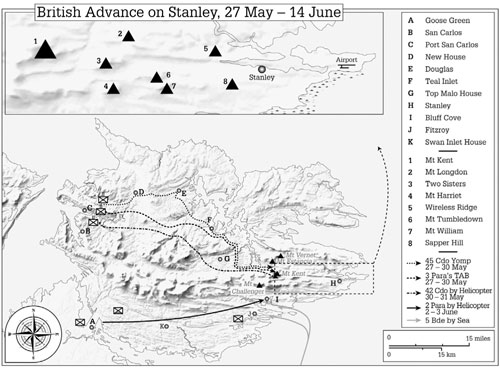
The terrain at Goose Green was largely boggy and, of what solid ground existed, the troops found it covered in babies heads, the name given to describe the round tussocks of grass ubiquitous to the islands. Owing to the unevenness and hardness of the babies heads, a soldier could easily twist an ankle or knee, particularly in the dark, thus rendering him hors de combat even before he made contact with the enemy.
On 30 May, Major General (Maj. Gen.) Jeremy Moore and Brig. Tony Wilson arrived at San Carlos, with Moore assuming from Thompson the position of Land Forces Commander Falkland Islands, while Wilson waited for the arrival of his 5 Brigade, consisting of a battalion each of the Royal Gurkha Rifles, the Welsh Guards and the Scots Guards, plus supporting arms from the Royal Artillery, Royal Engineers, Royal Signals, Royal Electrical and Mechanical Engineers, the Royal Army Medical Corps and other corps. Thompson moved the headquarters of 3 Commando Brigade to Teal Inlet, enabling him to control his forces at closer proximity to their new positions, while Moore found the circumstances of his new command looking very positive: he controlled a secure base at San Carlos, a fully functioning forward operating base at Teal Inlet, and 2 Para had achieved a resounding victory at Goose Green.
When 5 Brigade arrived at San Carlos, most of it was earmarked for movement east on the southern flank facing the Stanley defences, though a continued shortage of helicopters prevented Moore from shifting most of 5 Brigade east while at the same time trying to provide the food and ammunition needed for the forward units from 3 Commando Brigade. The Gurkhas, however, were put to good use replacing 2 Para at Goose Green. Wilson wanted to move his brigade on foot to the mountains west of Stanley via the southern route. However, in the absence of settlements in which his troops could rest and resupply on the route to Fitzroy, a distance of 56km (35 miles) from Goose Green, and in light of the fact that neither of the two guards battalions, in contrast to the paras and marines, were accustomed to marching such distances, the 5 Brigade commander had to abandon this plan. Nevertheless, when a small group from 2 Para, travelling by helicopter, discovered Fitzroy and Bluff Cove free of Argentine troops, Moore ordered the whole battalion shifted by Chinook and Scout helicopters, which they accomplished on 23 June, with most of 5 Brigade to follow by sea since helicopters were needed to ferry supplies forward. Accordingly, the Scots Guards arrived safely at Bluff Cove on 6 June. The Welsh Guards followed in their wake, only to come under air attack near Fitzroy while aboard the Sir Galahad on the morning of 8 June, losing fifty-four dead and about 150 wounded in a fiery inferno, which left most of the battalion hors de combat for the remainder of the fighting.
The campaign now reached its climax, consisting of a series of engagements fought in the mountains just west of Stanley. Even without the troops lost at Goose Green, Menendez still commanded more than 11,000 troops across the islands. Moreover, even after deducting those garrisoning West Falkland, where they could perform no useful purpose in halting the British advance, this still left about 9,000 men in and around Stanley, although only about 5,500 of whom consisted of infantry, with those in the mountains much demoralised by cold, the shortage of food and knowledge of the defeat of their comrades at Goose Green. With such troops a combination of stalwart marines and infantry of mixed levels of motivation and experience Menendez could not hope to halt the forward progress of British forces and now faced the prospect of imminent defeat. True, his forces occupied sangars, bunkers and trenches covered by machine-guns and artillery, and in many cases protected with extensive minefields; but the Argentines had failed to establish defences in depth, with sufficient numbers or enjoying a proper degree of fire support.
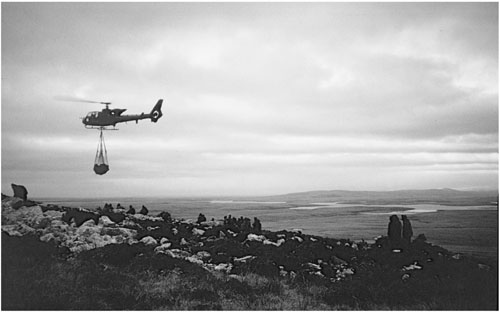
A British helicopter ferrying equipment via underslung netting. Both sides suffered badly from insufficient numbers of helicopters. Across a landscape almost totally lacking in roads, this left the attackers short of equipment and ammunition and obliged many of their troops to yomp or tab, while the same problem denied the Argentines the ability to launch a counter-attack against the beachhead at San Carlos.
Moore had originally planned to attack the defences around Stanley on the evening of 89 June, but shortages of supplies in particular the lack of sufficient artillery shells close to the frontline delayed this by two nights. A further postponement of twenty-four hours occurred when the crippling of the Sir Galahad interfered with the helicopter schedules, although other helicopters arrived via another vessel on 9 June. These circumstances thus delayed the movement of British troops in forward areas by four days and nights in adverse conditions specifically, 3 Para, 45 Commando and 42 Commando, all situated in the areas around Mounts Vernet, Kent and Challenger, with the Scots Guards from 5 Brigade beyond Bluff Cove. The British had to attack imminently before increasingly harsh conditions especially rapidly dropping temperatures in exposed positions sapped their strength, damaged their health and consequently affected operational effectiveness. Exposure had yet to take a significant toll, but this was now only a matter of time. Further delays could also compromise success, particularly when heavy seas threatened to imperil marine supply lines. The Argentines were scarcely better off in terms of the effects of deteriorating weather, but their conditions stood marginally better, with shelter established in prepared positions and in Stanley behind them, whereas British troops now stood well east of San Carlos.
Font size:
Interval:
Bookmark:
Similar books «Battle Story Goose Green 1982»
Look at similar books to Battle Story Goose Green 1982. We have selected literature similar in name and meaning in the hope of providing readers with more options to find new, interesting, not yet read works.
Discussion, reviews of the book Battle Story Goose Green 1982 and just readers' own opinions. Leave your comments, write what you think about the work, its meaning or the main characters. Specify what exactly you liked and what you didn't like, and why you think so.

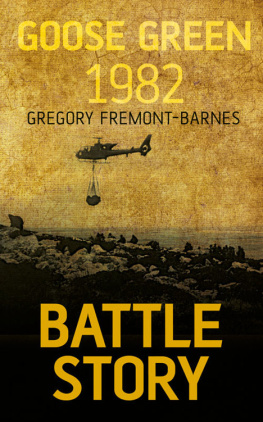
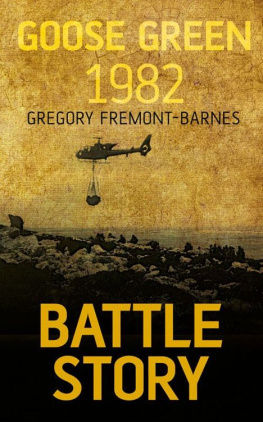
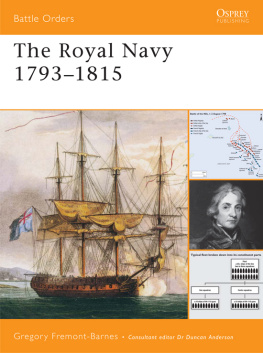
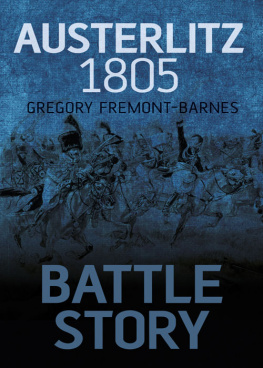


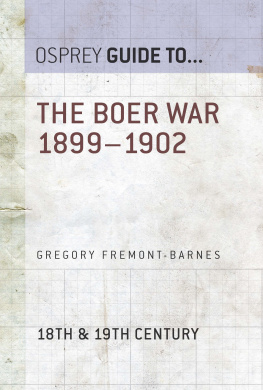

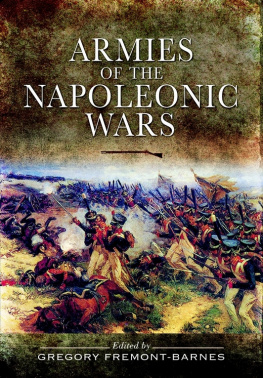

![Gregory Fremont-Barnes - A History of Counterinsurgency [2 volumes]](/uploads/posts/book/74652/thumbs/gregory-fremont-barnes-a-history-of.jpg)